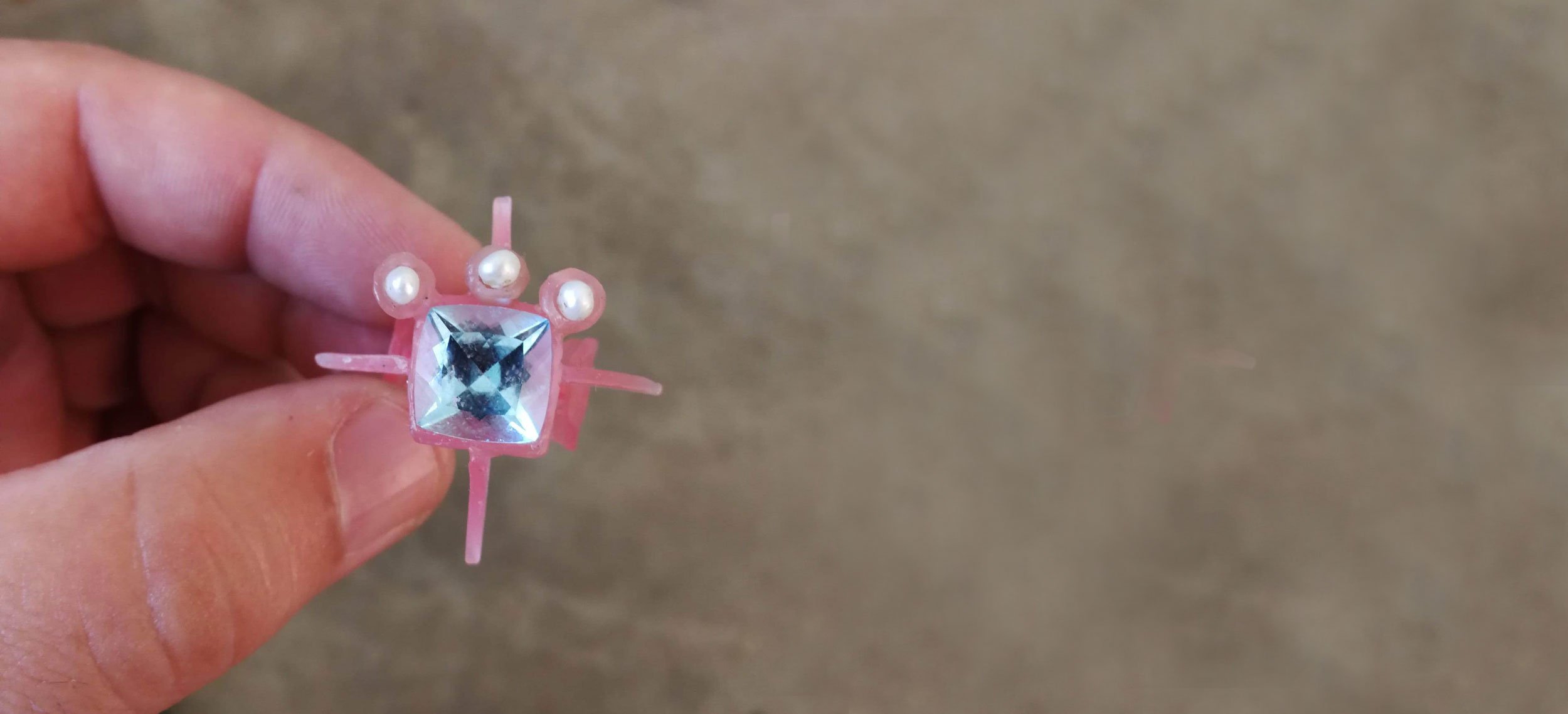
Inspirations
Ancient Civilizations and Past Cultures
Malki Studio artists are greatly inspired by current and past civilizations, cultures, as well as historical periods.
In particular, we draw a great deal from our own cultural heritage, which includes several Jewish traditions in the Middle-East, Mediterranean, North Africa, and Europe.
This is evident in our aesthetics and the themes we engage with, such as the enfolded relationship between jewellery and objects of spiritual charge and transcendental function (e.g. talismans, amulets, and fetishes).
Cultures other than our own also enrich and inform our work. Our citation of other cultures and histories such as that of Imperial Russia, Central and Southern Africa, and Ancient Egypt is always a respectful one and is undertaken with admiration.
We similarly hold in praise the themes and aesthetics of Ancient Greece, The Roman Empire, and Islamic Art.
While discrete and quite unlike one another, we find that jewellery often bridges across these different traditions and historical periods because of the sustained relationship between personal adornment and the expression of identity.
Sometimes, it is not just a culture but a specific historical period with which we work. This is apparent in some of our work that engages with Renaissance and Baroque European Art, and our affinity with the exquisite jewellery of the Middle Ages, in which Christian and Pagan iconography met in strange but beautiful ways.
Architecture
As a natural extension of Malki Studio’s culturally diverse range of inspirations, we often draw architectural themes into our art jewellery.
We believe that, alongside art, architecture is a principle means through which different civilizations, cultures, and historical periods are distinguished and identified.
Like art, architecture has a tendency to act as an index of the core values and structure of the society that it belongs to. This speaks not only to the size and might of any given culture, but also to the societal structure, spiritual beliefs, and aesthetics that are unique to individual cultural traditions throughout the world.
Of prime importance in Malki Studio’s citation of architecture is the kind of architecture that was ubiquitous in our homeland of Israel. Having had a long and troubled history, Israel is home to an incredibly diverse range of architectural styles.
These include but are not limited to the architecture of ancient Jewish sites (such as in Jerusalem or Masada), Ancient Greek and Roman sites, Islamic and Christian structures and places of worship, and even Modern styles such as Bauhaus (which Tel Aviv is famous for).
Beyond these architectural influences are those that Malki Studio artists have acquired from life in Australia as well as through their travels, particularly as these pertain to Indian and Asian temples and shrines and colonial British architecture.

Nature
In addition to Malki Studio’s love of history, culture, and architecture, our jewellery is greatly informed by nature and the environment, the protection of which is a key principle in our work as well as our lives.
Malki Studio artists have had the great privilege of living in a diverse range of places, from Paris and major cities in Australia and Israel to the Australian Outback, The Negev Desert in Israel, and sub-tropical Bargara (where we are currently based). We have also had the chance to travel to some incredible locations around the world, where the wonder of the natural world continues to surprise us with its majesty and variety.
At Malki Studio we hugely value the natural world such as we’ve experienced it.
This is particularly true of the Mediterranean Sea, the Dead Sea, and the Pacific Ocean that meets Australia’s Eastern coast, the earth of the fertile agricultural lands of Bargara, the golden, desolate landscapes of Australia’s interior and the Negev Desert, and all the living beings that inhabit these places.
Socioenvironmental Responsibility
As artists we consider it as our role to go beyond making just “pretty” or desirable objects but to do so with respect to and in interaction with contemporary life and the environment.
At Malki Studio, we are inspired to celebrate the freedoms and privileges that we enjoy as people living in Australia, while also challenging outdated and problematic societal values here in Australia and elsewhere.
This particularly relates to gender, LGBTQA+, and racial equality, attitudes towards climate change and the environment, the problematic standards of the jewellery industry, and inclusivity of different and differently-abled bodies in fashion.
At Malki Studio, we embrace every colour, every size, every shape, every gender, and every type of individual.
We are committed to and strive towards a sustainable and ethical jewellery business. This is evident in our predominantly responsible sourcing of metal (Pallion’s Sustainability Report) and gemstones (Lawson’s Gems and Gemstones Brazil) as well as our solar powered studio.
For us, ethical practice entails being honest. As such we are committed to earnest transparency in our work practices and sourcing of metals and gemstones.

Materials and Making
We believe that art jewellery offers a means of self-determination, of breaking free from socially prescribed roles and realities and empowering oneself to carve one’s own reality through fantasy and transformation.
Because of this, we enjoy making material combinations that are unconventional or subversive of industry standards, and push the mediums we work with beyond their everyday use. We do not strictly adhere to the commercial jewellery industry’s “acceptable” use of mediums, and experiment with surface treatment and mixed media.
We are also motivated by the enriching and enjoyable process of creation, in which raw materials transform and by extension become transformative and empowering devices of self-expression.
We consider art not as a luxury or frivolous indulgence but as a need that extends to the artist, the consumer of art, and society at large.

Discover the meaning behind specific bodies of work in our collections.
